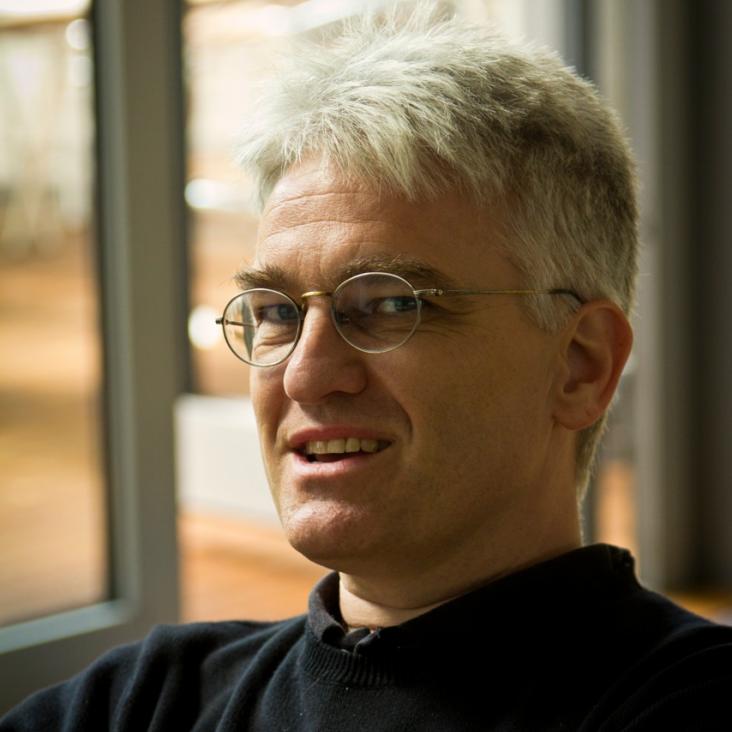Thermalization and light cones in a model with weak integrability breaking
(2016)
Exact Bethe ansatz spectrum of a tight-binding chain with dephasing noise
(2016)
Quantum quenches to the attractive one-dimensional Bose gas: exact results
(2016)
Introduction to 'quantum integrability in out of equilibrium systems
Journal of Statistical Mechanics: Theory and Experiment IOP Publishing 2016:6 (2016) ARTN 064001
Ising tricriticality in the extended Hubbard model with bond dimerization
Physical Review B - Condensed Matter and Materials Physics American Physical Society 93:23 (2016)


